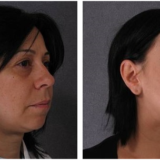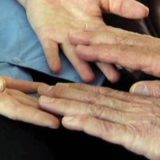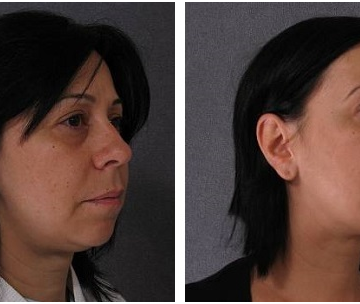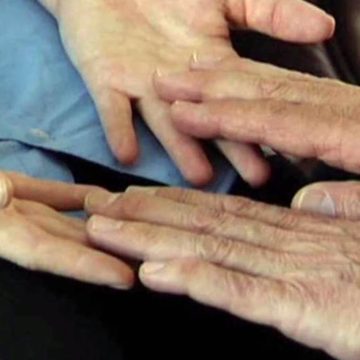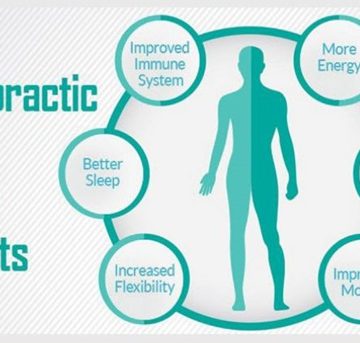
Bald men usually owe their baldness to heredity. If your parents and ancestors went bald, chances are the same will happen to you. However, it can also turn out differently! For example, some men may have parents with a full head of hair and still go bald. We will detail the multiple categories of baldness. We will also wonder if Propecia is more effective in treating frontal hair loss or baldness located at the top of the head.
What are the different categories of male pattern baldness?
Male pattern baldness, scientifically referred to as androgenetic alopecia, can manifest itself in multiple ways.
For some men, the first signs will be thinning or loss of hair on the crown of the head. For others, baldness will result in hair loss at the temples or above the forehead, at the birth of the scalp. As the fall process progresses, it can develop in more than one location. Thus, baldness can jointly occur on the forehead and on the crown of the head.
To facilitate the identification of baldness, several classifications have been put in place:
Type 1: no or minimal hair loss
Type 2: minimal frontal hair loss on the temples
Type 3: frontal baldness (receding hairline)
Type 4: frontal baldness, as well as additional hair loss on the scalp
Type 5: loss of hair in the front and at the top of the head
Type 6: larger areas of baldness, separated by a thin line of hair
Type 7: extra hair loss at the dividing line
Type 8: advanced baldness
Type 9: No initial hair loss on the top of the head, but frontal baldness developing backward and eventually reaching the scalp
Can Propecia treat a receding hairline?
The answer is yes. The clinical trials carried out before the marketing of Propecia made it possible to prove statistically significant improvements in baldness in patients who have lost their hair on the forehead.
A phase III study focusing on the effectiveness of the active agent (finasteride) concluded that taking 1 mg of finasteride per day resulted in participants stopping their frontal baldness. Regarding hair growth, the study considers that 37% of the participants noticed a visible regrowth, of “light to moderate”, on the forehead area.
Can Propecia Treat Thinning Hair?
Yes. Propecia can reduce the thinning of the scalp and potentially aid in hair growth. In the study already mentioned above, 83% of participants no longer lost hair after two years of Finasteride treatment. There would also be a 61% chance of seeing her hair grow again.
So, based on this study alone, Propecia shows a relatively good rate of effectiveness in slowing hair loss on the forehead and scalp. Nevertheless, the drug promotes better hair regrowth in patients with baldness affecting the top of their heads.
Again, it is important to note that everyone is different and therefore, although Finasteride is an effective treatment for baldness, effectiveness is not guaranteed.
How can I get the best possible results from Propecia?
As with any prescription medication, it is essential to follow Propecia treatment as directed by the doctor. This will help you reduce the risk of side effects, as well as keep your medicine working. If you develop any side effects, please tell your doctor as soon as possible.
